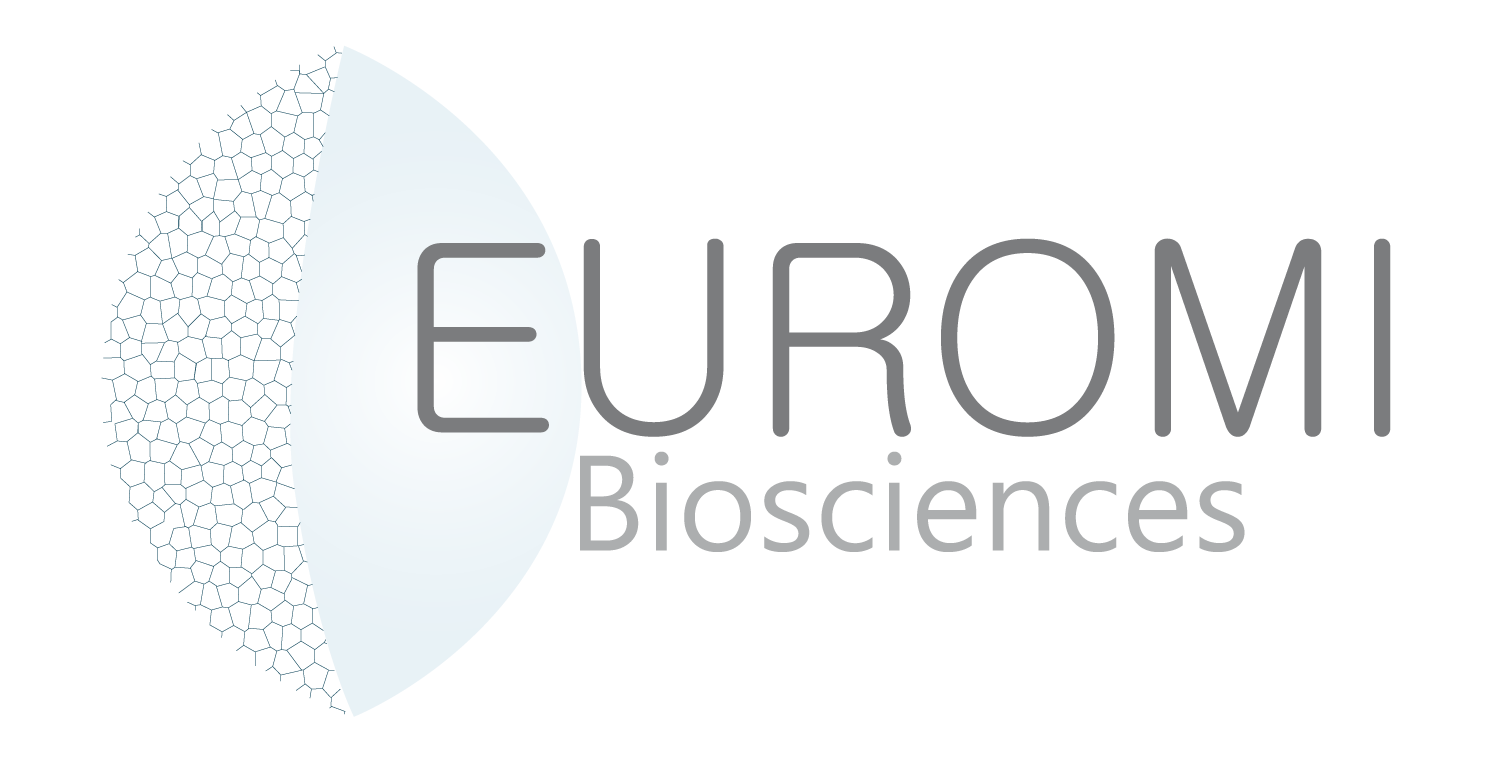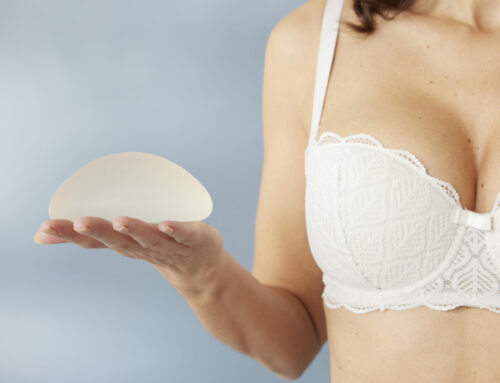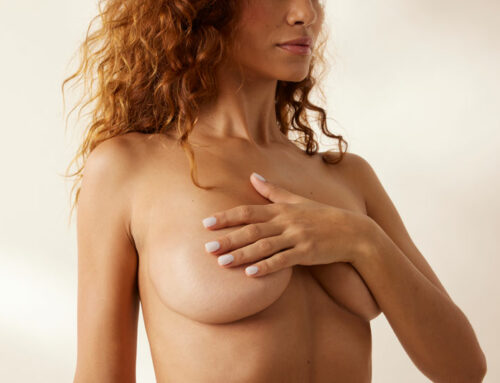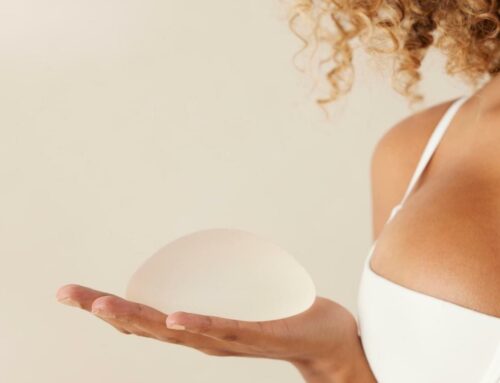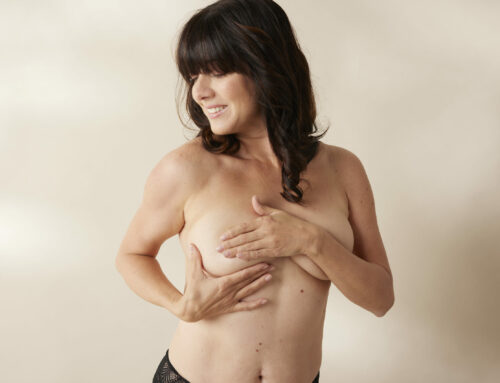Which product can accompany you after breast surgery, zoom on a partner product: the CEREDERM® silicone dressing
Although breast surgery is the most performed aesthetic/plastic surgery in the world for women (According to the latest survey by ISAPS – International Society for Aesthetic Plastic Surgery), it is not a trivial procedure.
Before resorting to breast surgery, there are different issues that need to be addressed in order to make your own decisions. Do not hesitate to read our article “Breast augmentation, all about this surgery!” to take stock of these questions. Which insertion method to choose? How my breast implant will be positioned? What appointments are planned? What happens on the day of surgery breast?
During a breast implant placement, questions about post-operative follow-up will also be asked. You will find all this information (post-operative recovery, follow-up examinations, etc.) in our page dedicated to Post-surgery.
One of the products that we recommend to accompany you during this post-operative period is CEREDERM® silicone dressing which will help you reduce your scar(s).
Today, we are focusing on this dressing developped by our partner CERECARE, specialist in compression garments and silicone dressings
The different breast surgery scars
Following a breast implant placement and more generally breast surgery, you will have a scar at the location of the insertion route of your breast implant.
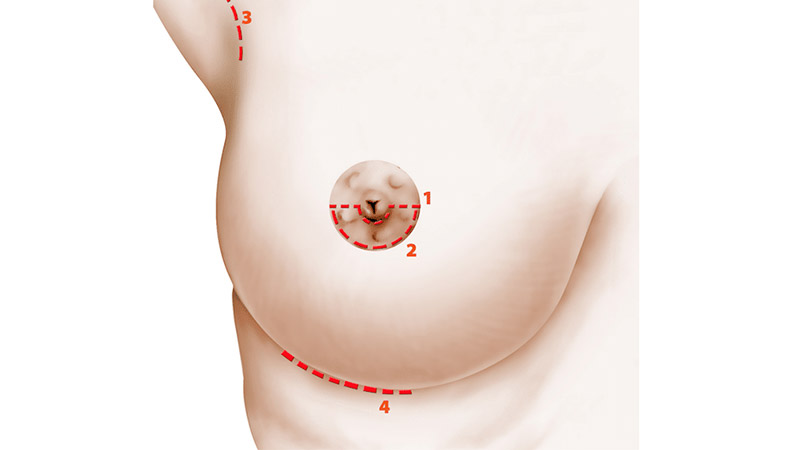
- Scar in the areola / peri areolar incision (1 ; 2) : This is the most commonly used insertion route for breast implants pre-filled with silicone gel, allowing precise positioning. These scars are the less visible thanks to the natural pigmentation of the areola. This location assumes that the diameter of the areola is sufficient.
- Scar in the armpit / axillary incision (3) : This insertion route leaves no scar on the breast. Be careful, however, that the breast implant does not move up the breast.
- Scar in the fold below the breast / inframammary incision (4) : This incision leaves no scar on the breast since the breast implant is hidden in a natural fold. However, the scar may be visible when lying down.
In rare situations, a vertical incision, in an inverted T shape or even an anchor, can be made for easier insertion of the breast implant and a better result.
The location of the breast implant insertion route and therefore of the scar will be decided with your surgeon according to various criteria (positioning of the breast implant, size of prothesis, skin type and healing profile, etc. .)
The goal of the surgeon is of course to make a discreet scar, but also to ensure that it heals properly.
CEREDERM® dressing for a good healing
At first, the immediate breast surgery scar will be red and visible at first.
To ensure a good healing, we recommend the use of CEREDERM® dressing, which can be applied on a dry scar, after removal of the stitches.
CERECARE offers 2 shapes adapted to breast surgery scars:
- CEREDERM® ANCHOR , inverted T shape, or marine anchor, is particularly adapted for scars located at the level of the inframammary fold and at the level of the areola. This shape also adapts to the rarer vertical scars as mentioned above. CEREDERM® ANCHOR silicone dressing is made up of two pieces to allow adjustment of its positioning on the scar.
- CEREDERM® CROWN, round shape, is particularly suitable for peri-areolar scars.
CEREDERM® is a silicone dressing designed for the treatment of scars but also for the prevention of complex scars – hypertrophic (extensive, red in color); keloids (firm and thick fibrous pads).
Indeed, the silicone gel contained in CEREDERM® dressing will moisturize and soften your scar, reduce itching and discomfort, and reduce redness. The scar will also be smoother and its evolution will be limited. The appearance of the scar will then be visually improved.
CEREDERM® dressing, thin, transparent and flexible, should be worn daily, on clean skin, for a period of 2 to 6 months. The results will be visible after 2-3 months of use. But be aware that your scar may evolve for up to 1 year.
Please note: to ensure proper healing, smoking cessation is strongly recommended by the community of plastic surgeons. You should also avoid exposing your scar to the sun.
Note: Massaging your postoperative scar will often be recommended to promote blood circulation and lymphatic circulation. This contributes to the regeneration of the skin, and therefore to reduce the visibility of the scar. For more information, ask your plastic surgeon.
